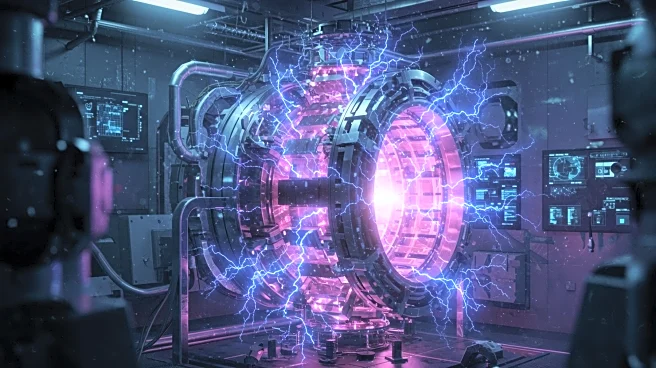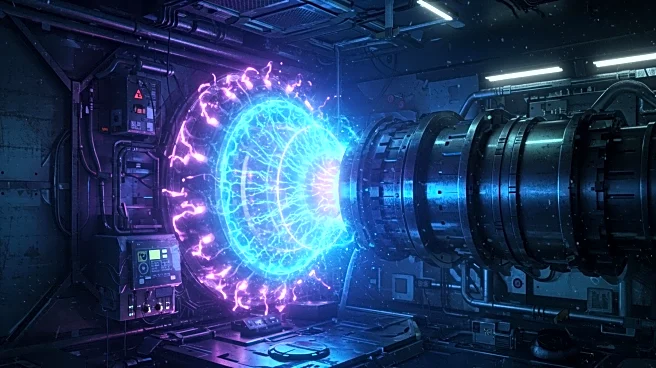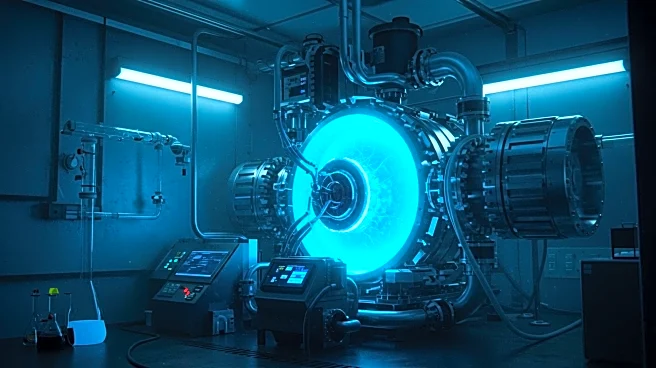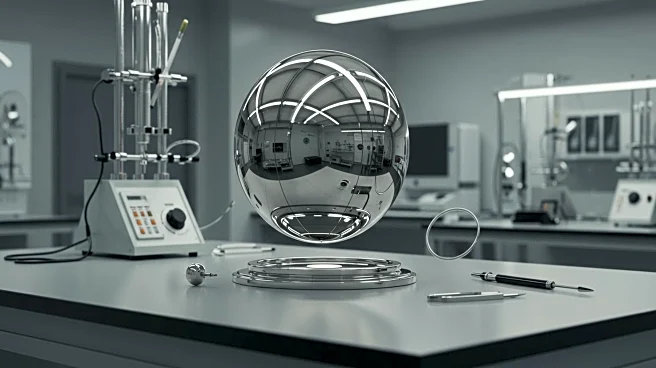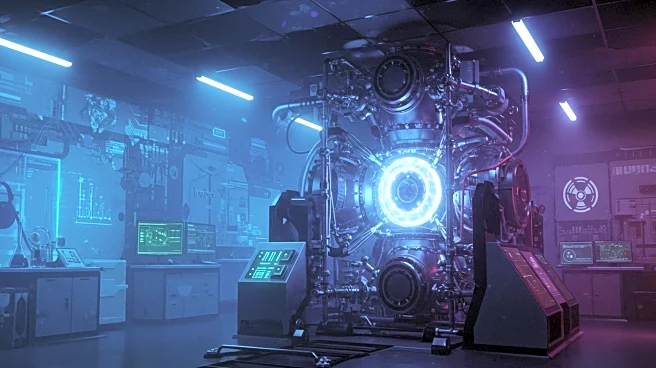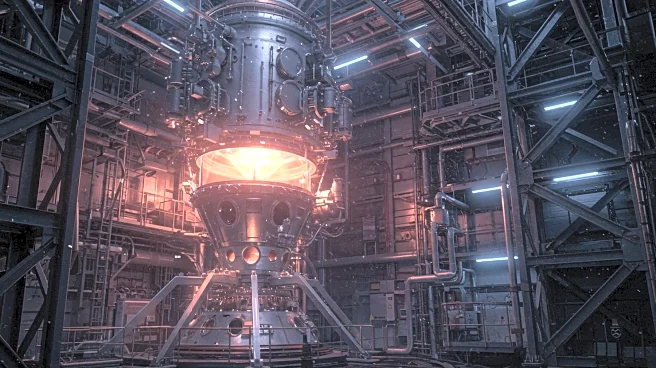Rapid Read • 6 min read
An international team of scientists, led by the University of Rostock and the Helmholtz-Zentrum Dresden-Rossendorf, has successfully created liquid carbon in a laboratory setting for the first time. This groundbreaking experiment was conducted at the European XFEL using the high-power DIPOLE 100-X laser. The research, published in the journal Nature, involved transforming solid carbon into liquid under extreme conditions of pressure and temperature, specifically around 4,500 degrees Celsius. The experiment was made possible by the unique capabilities of the European XFEL, which allowed researchers to capture data during the brief moment when carbon was in a liquid state. This achievement provides new insights into the properties of liquid carbon, which could have significant implications for future energy technologies like nuclear fusion.
AD
The successful creation of liquid carbon in a lab setting marks a significant advancement in material science, with potential applications in energy technologies. Liquid carbon, which occurs naturally inside planets, could play a crucial role in nuclear fusion, a promising area for sustainable energy. Understanding the properties of liquid carbon can aid in the development of new materials and technologies. The experiment also demonstrates the capabilities of advanced research facilities like the European XFEL, highlighting the importance of international collaboration in scientific research. This breakthrough could pave the way for further studies on matter under extreme conditions, potentially leading to innovations in various scientific fields.
AD
More Stories You Might Enjoy


